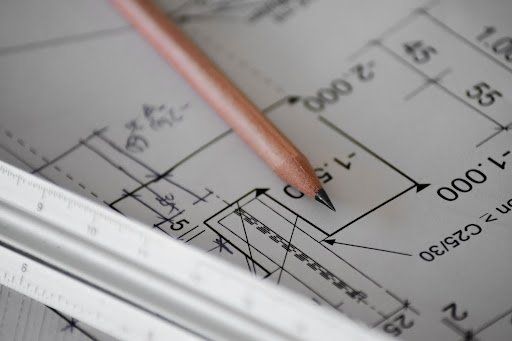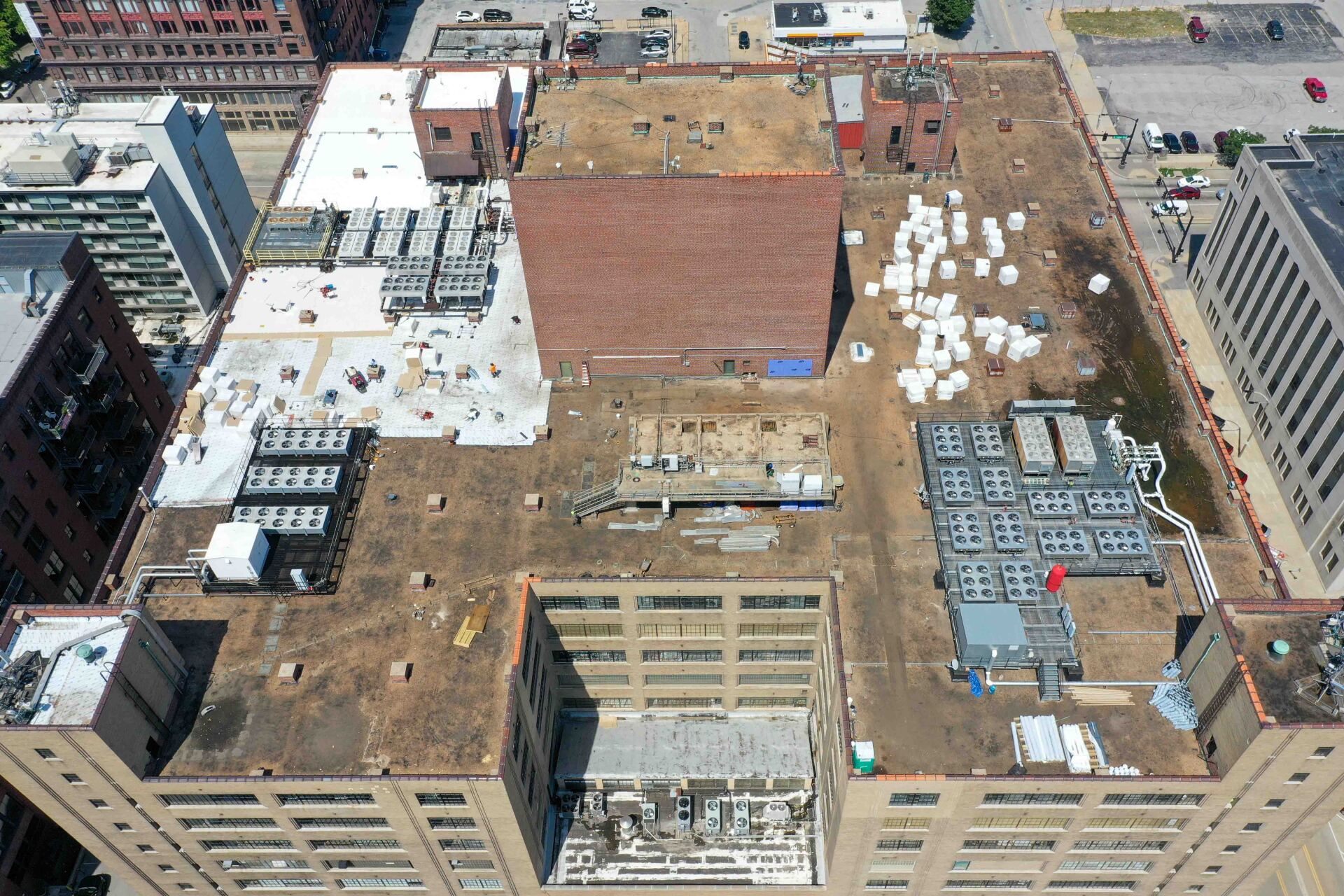Cost-Effective Upgrades for Commercial Property

Commercial properties and business buildings are a physical representation of your brand, and it’s the first impression customers, tenants, and employees get when they arrive. When the demand for these spaces shifts and their uses evolve, it’s time to consider cost-effective upgrades that help owners maintain the value of their property.
First, it’s important to understand the difference between commercial renovation and commercial remodeling: A commercial remodel is changing the form of the business, such as adding a new feature in an existing room.
A commercial renovation is a service from a commercial renovation contractor. The service helps a business transform the look and functionality of a business space. It involves interior and exterior remodeling and services related to HVAC, plumbing, roofing, and electricity.
Full-scale commercial renovations and remodels are a huge undertaking, however, and may not be in the budget for every organization. There are plenty of options for other business and property owners that may need more cost-effective ways to upgrade.
Update the Aesthetic
The return on investment for new paint, fixtures, and finishes is vast. Fresh interior paint in a trendy color can give the space a clean look that helps hide any damage to walls. New fixtures like lighting or windows can also update the property's look from the inside out.

Fix the Facade
Anyone who passes by a building can see the outside; if the face is damaged, worn, or aging, they’ll notice. If those people are customers, their first impression will stick with them as they walk through the doors. This upgrade can be modest or more extreme, depending on the budget.
Update for Flexibility
Remodeling or renovating to improve the cosmetic look of a building is a smart move, but so too is a renovation that changes how occupants can use the space. Expanding conference rooms or adding more cubicles can give a business the competitive edge to justify the renovation cost.
Choose Contractors Wisely
The first step to renovating or remodeling a commercial building is to contact a commercial renovation contractor. They will help you develop a plan that will work for your budget. Then, they will hire subcontractors to perform the renovation. A commercial remodeling contractor will have a streamlined system to keep your project on schedule and within budget.
While not all construction companies are willing to tackle commercial renovations, doing some research means finding a partner that will go the extra step to explain the entire process.
Your contractor’s comprehensive renovation services should cover every detail, including:
- Permits
- Building plans
- Foundation and framing
- Construction material
- HVAC, plumbing, and electricity
- Sprinkler systems
- Roofing
- Exterior and interior repair and painting
Consider a Consultant
Even if it’s not in the budget to undertake a large-scale project, it’s a good idea to know exactly what it will take for property owners and managers to upgrade their buildings. Which office space should you select for your business? How should you begin pre-planning for new commercial construction? Should you renovate this building for your business?
For best results, you need an objective expert who can help you consider your top options. When you choose WBS, you have the benefit of working with knowledgeable professionals who do more than provide lip service.

Let’s Talk More
You'll never feel like another client when you partner with Wright Building Systems for your consulting services. We take your project's success seriously and personally. Whether you need to increase security for your building or are trying to find the best new space for your business, we can help. Even if you aren’t sure what you need, our consultative approach will bring you clarity and confidence.
How you resolve construction challenges will make all the difference for your business. The professionals at WBS identify, analyze, and prepare construction claims and disputes. We know what it takes to achieve your desired outcome.
From the first call, you’ll know we care about your commercial project and claims goals. You can count on complete transparency throughout the process. Are you worried about going over budget? We understand how quickly commercial construction costs can get out of control, but we won’t let that happen. We take your budget, construction goals, and satisfaction seriously.
Reach out to Wright Building Systems to explore our construction consulting services. We tailor our services to meet your specific needs. As the St. Louis area’s go-to source for construction consulting, we are here to guide you every step of the way.



